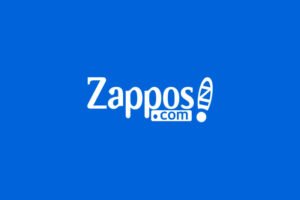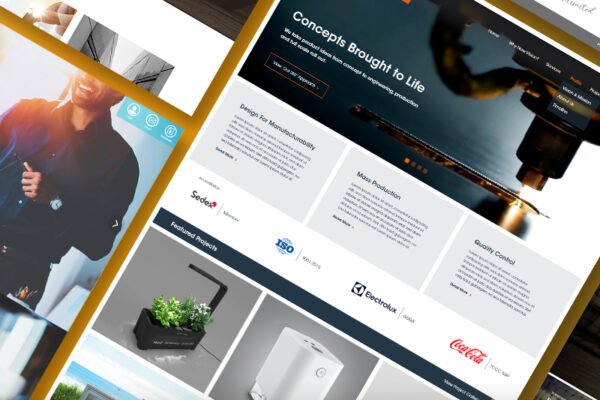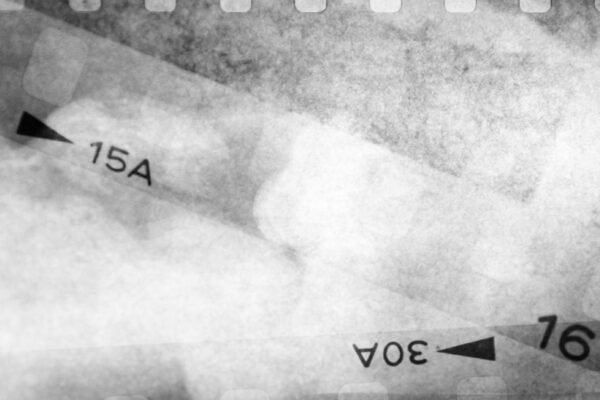
Investing in a top-quality website can be a game-changer for a business. The importance of a solid online presence has never been more significant, with customer interactions, transactions, and brand impressions largely happening digitally. Here we examine the top five most expensive client websites ever commissioned, exploring the costs involved, the agencies and people behind them, the technical details of their creation, and their impact on their respective markets.
1. Cars.com – $110 million

Cars.com, a popular online automotive marketplace, is believed to have cost around $110 million to build. Created in 1998 by a consortium of media companies including Gannett Co. Inc., The McClatchy Company, Tribune Company, Graham Holdings Company, and A.H. Belo Corp., the website was developed in partnership with multiple agencies, including the leading digital agency, Isobar.
The primary goal of the website is to simplify car shopping, offering a robust platform for buying, selling, and researching cars. It includes complex functionalities such as advanced search filters, comprehensive car listings, and dealer reviews.
Cars.com revolutionized the automotive marketplace, providing a one-stop solution for car enthusiasts. The investment paid off, with the site becoming a leader in the online auto sales industry.
2. British Airways – $50 million

British Airways (BA) had its website overhauled in the early 2000s with an investment of around $50 million. This massive project was a collaboration between BA’s in-house team and multiple agencies, including Agency.com and Sapient.
The redesign aimed to make BA.com a global e-commerce platform. It incorporated a dynamic packaging engine, allowing customers to book flights, hotels, and car rentals together. It also included sophisticated customer personalization, which involved integrating CRM data.
The new BA.com positioned British Airways as a leader in the e-commerce space among airlines, and it dramatically boosted their online ticket sales, proving the investment to be a wise one.
3. Slack – $30 million (Estimated)

Although the exact figure is not disclosed, it’s estimated that the development of Slack’s website and web application cost around $30 million. Slack’s website was built by the company’s internal team, led by Stewart Butterfield, Eric Costello, Cal Henderson, and Serguei Mourachov.
Slack’s platform integrates with various apps and services and features real-time messaging, archiving, and search functionality. It is designed to replace email as the primary method of communication and collaboration in a business environment.
The introduction of Slack transformed workplace communication, making team collaboration more accessible and efficient. This shift has led to Slack becoming a staple for many businesses, making it a crucial tool in today’s digital workplace.
4. Zappos – $27 million

Online retailer Zappos.com was originally launched in 1999 by Nick Swinmurn, costing approximately $27 million. While the site was developed by an in-house team, Zappos worked with multiple agencies for different elements of the platform, including LiveArea for their e-commerce design and development.
Zappos.com features advanced search functionalities, customer reviews, and a user-friendly interface. It has set industry standards for customer service, offering free shipping and returns, with a 365-day return policy.
By putting customer service at the forefront, Zappos transformed the e-commerce industry’s expectations and is regarded as a leader in online shoe and clothing retail.
5. Groupon – $25 million

Groupon, the popular global e-commerce marketplace, was launched in 2008. The website development, led by Andrew Mason, the CEO and founder of Groupon, is reported to have cost around $25 million. Multiple agencies were also involved, such as OKDOTHIS for app development and IdeoClick for performance marketing services.
Groupon’s platform includes geo-targeting capabilities, a secure transaction system, and a massive database for deals and customers. It relies on the “deal-of-the-day” concept, offering discounted gift certificates usable at local or national companies.
Groupon has significantly influenced the online retail space by introducing the concept of group buying and local commerce, making it easier for consumers to discover new experiences and for businesses to attract and retain customers.
Conclusion
These websites highlight the tremendous investment businesses are willing to make to ensure a strong online presence. While the costs may seem extraordinarily high, it’s essential to remember that a well-developed, functional, and user-friendly website is often integral to a company’s success. Each of these sites has significantly impacted their respective markets, setting new standards in their industries and often reshaping the way business is conducted online.
















